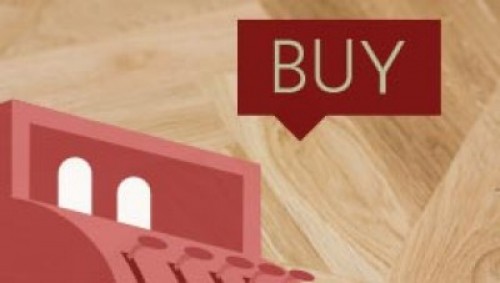Reclaimed parquet flooring:
Burmese Teak (Tectona grandis)
Burmese Teak also known as Burma Teak is indigenous to the tropical forests of southern and south-eastern Asia: areas such as India, Myanmar and South-East Asia. Teak was also introduced as a plantation crop into tropical Africa. This introduction was mainly by German colonialists, initially in Nigeria, Tanzania and Ghana during the late 19th century, and later plantations into Cameroon and Togo.
To ensure that the great forests are not destroyed, Teak has become a controlled timber. Consequently it is one of the most expensive timbers to buy and is no longer freely available.
Teak characteristics
This species has a narrow band of creamy coloured sapwood and a golden brown heartwood with some visible dark streaks, depending on the place of origin. The colour tone typically darkens with age. The medium grain has quite open pores, giving quite a textured appearance with a fairly dull lustre. It has a very distinctive scent of old leather when freshly cut or sanded.
There are high levels of natural oils present which contribute to its good durability. It has a natural water resistance, consequently it is suitable for external use and floors. It is important to use the correct glue with teak as the natural oils can react. However with reclaimed parquet if there is bitumen on the bottom this won’t present a problem, as that works as a barrier and your adhesive should bond with the bitumen.
The uses of Burmese Teak are many: furniture, both interior and exterior, cabinet making and of course parquet or wood-block flooring. Its strength is equal to that of beech (i.e. very strong). Burmese Teak was often used in parquet floors, particularly from the 1960s and 70s.
When we have it available, you can purchase Burmese Teak on our Buy page.




